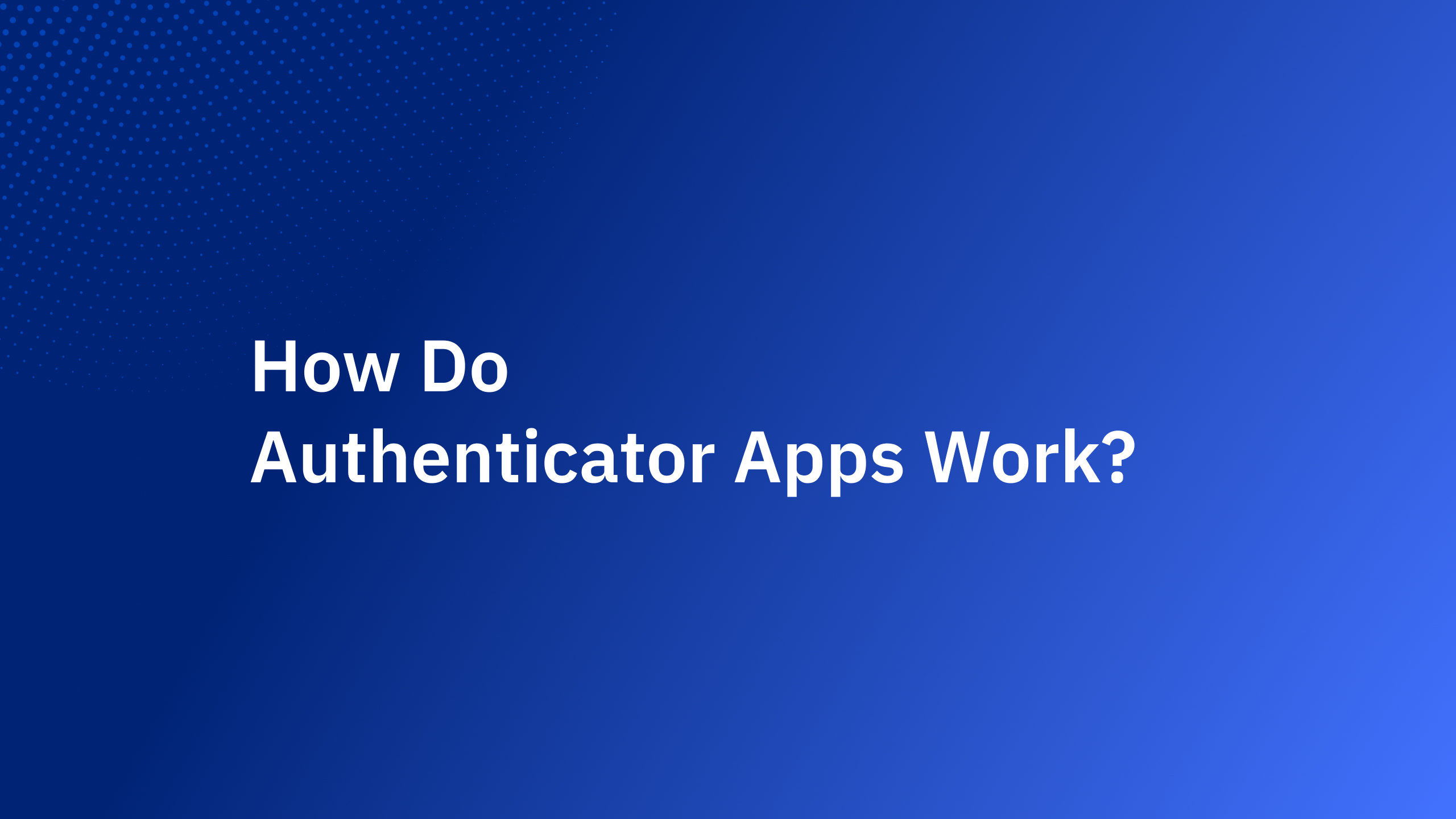In the OWASP Top 10 2025 release candidate, A10:2025 — Mishandling of Exceptional Conditions debuts as a new entry at #10. This category encompasses 24 CWEs centered on improper error handling, logic flaws, “fail-open” behaviors, and other issues that arise when systems encounter abnormal conditions. Many weaknesses that were once dismissed as mere “code quality” problems (like null pointer dereferences or missing parameter checks) are now recognized as serious security risks under this category.
Mishandling exceptional conditions essentially means an application fails to prevent, detect, or respond properly to unusual situations. If an app doesn’t anticipate an edge case, doesn’t recognize it’s happening, or reacts poorly (or not at all), the result can be crashes, unpredictable behavior, and exploitable vulnerabilities. For example, if a security control encounters an error and fails open (defaulting to allow access), an attacker may sneak through. If code prints a detailed error message to users, it might reveal sensitive implementation details. Hard-to-find errors and exceptions can threaten the security of the whole application for a long time if not handled correctly. Attackers actively look for these weak points – by provoking errors or unusual states, they can cause logic bugs, data leaks, or authorization bypasses.
What is Mishandling of Exceptional Conditions?
In simple terms, “Mishandling of Exceptional Conditions” refers to any weakness where an application doesn’t properly handle an unusual or error condition, leading to a security problem. Software inevitably encounters unexpected situations – missing or malformed inputs, failed network calls, memory/resource limits, permission issues, etc. A robust application should anticipate and gracefully handle such events. Mishandling occurs when the app either doesn’t handle the situation or handles it incorrectly. This can happen in three main ways:
- Failure to prevent the exceptional case: The application doesn’t validate or sanitize inputs strictly, allowing an abnormal situation to occur in the first place (e.g. accepting an out-of-range value that later causes an overflow or crash).
- Failure to detect the issue: The code doesn’t recognize that something has gone wrong. For instance, a function might ignore an error return code (unchecked return value) or catch a generic exception without logging/alerting, so the system continues in a faulty state unknowingly.
- Failure to respond safely: The application detects an error but responds poorly (or not at all). Perhaps it throws a raw stack trace to the user, or it terminates a process without cleaning up, or it defaults to an insecure state.
Any time the app is unsure what to do next, you have a mishandled exceptional condition. The fallout can range from crashes and downtime to serious security breaches. According to OWASP, this category includes issues like displaying sensitive error details (CWE-209), not handling missing parameters or privileges correctly (CWE-234, CWE-274), dereferencing null pointers (CWE-476), and not failing securely (“fail open”, CWE-636). All of these share a common theme: something went wrong, and the software’s response (or lack thereof) made things worse.
How these vulnerabilities happen
Once you understand what mishandled exceptions are, the next question is how attackers can exploit them. The following are some of the most common ways that poor error handling turns into a security vulnerability:
- Fail-open conditions: If a security check or critical process fails unexpectedly and the system falls back to allowing access, an attacker can deliberately trigger that failure to bypass protections. (All security mechanisms should deny access until explicitly granted – never the other way around.)
- Uncaught exceptions: When an error isn’t caught at all (CWE-248/755), it can crash the application or make it unstable. Attackers might cause null pointer exceptions or other errors to knock out services (denial of service) or to see if the app fails into a debug or safe mode they can abuse.
- Silent error handling: Catching exceptions without proper handling (or using generic catch-all exceptions) can be just as dangerous. If the code suppresses an error and continues executing, it may do so in an inconsistent state. Important steps (like permission checks or audits) might get skipped, leading to logic bugs or security checks being bypassed.
- Verbose error messages: Detailed internal error info (SQL error traces, file paths, stack traces) returned to users can give away valuable clues. For example, misconfigured web apps that show database errors have allowed attackers to gather table names and craft precise SQL injection attacks. Even if no attack occurs immediately, exposing server internals undermines security.
- Resource cleanup failures: If an exception occurs and the code doesn’t release a resource (file handle, memory, lock), repeated errors can lead to resource exhaustion. Attackers can spam such inputs to slowly consume all memory or file descriptors, causing a denial of service.
- Inconsistent error logic: In complex apps, one component might handle errors differently than another. Attackers will look for the “weak link” – e.g., one API endpoint that forgets to check a null and proceeds in an insecure way. Any inconsistency in exception handling across modules can become an entry point.
- Partial transactions or “failing to fail”: If an application doesn’t roll back or undo partial changes when an error happens mid-operation, data integrity can be broken. For instance, if a multi-step financial transaction only half-completes due to an error, an attacker could exploit that to double-spend or steal funds (e.g., money deducted from one account but not properly recorded in another). Failing to fail closed in transactional sequences can be very dangerous.
In short, attackers will intentionally induce errors: malformed inputs, race conditions, overload conditions, to see how your system reacts. Any crack in the error handling armor can lead to an exploit, whether it’s leaking info that helps in recon, leaving a door open, or simply crashing the service.
Real-world examples
Understanding abstract risks is one thing; seeing how they play out in practice makes the lesson concrete. Here are real-world cases showing how mishandled exceptional conditions have led to security problems:
- gdm3 fail-open bug (2020)
- Cisco firewall crash from unhandled errors (2021)
- Squid proxy error leaks credentials (2025)
A practical starter checklist
Knowing the problem is only the first step; acting on it is where real security gains happen. Here’s a practical checklist of measures developers and DevOps teams can implement to handle exceptional conditions safely:
- Adopt a clear error-handling policy. Document how your application should respond to various error types. Decide what message (if any) to show the end-user versus what to log internally. Ensure all developers know that detailed internal errors must never reach users. Consistency is key – the same approach should apply across the whole app.
- Catch exceptions early and handle them. Wherever possible, wrap risky operations in try/catch (or check return codes) at the point of occurrence. Handle exceptions in a meaningful way – e.g. if a file upload fails, clean up the temp file; if a database call fails, fall back to a safe default. Don’t just ignore errors; address them or fail safely.
- Fail closed, not open. Design every security check and critical operation with the principle “deny by default.” If something goes wrong – a timeout, an external service not responding, an unexpected value – the default should be to halt or deny access, not continue in a potentially insecure state. For example, if an authentication service is unreachable, do not assume a user is valid; instead, stop the login and show an error.
- Never expose sensitive info in errors. Users should see friendly, generic error messages (like “An unexpected error occurred. Please try again.”). Log the technical details privately for your team, but scrub logs of secrets (no passwords, API keys, etc.). This prevents attackers from gleaning clues. Regularly scan your application (and logs) to ensure no stack traces or sensitive data are leaking.
- Implement global exception handling. In addition to local try/catch blocks, have a global error handler (or middleware) that catches any exception that bubbles up. This can log the error, send an alert, and return a safe response rather than letting the app crash or expose debug info. This is your safety net for any errors developers might have missed.
- Roll back on failure. Ensure that if an error occurs mid-transaction or during a multi-step process, your system rolls back any partial changes. Use database transactions or compensation logic so that you don’t end up in an inconsistent state (money deducted but not credited, etc.). Failing closed means nothing is assumed successful if an error interrupts the flow.
- Rate-limit and throttle error-prone operations. An attacker might try to trigger the same error repeatedly to exhaust resources or flood your logs. Implement rate limiting, quotas, or timeouts on things like login attempts, file uploads, or any expensive operation. This not only prevents abuse but also protects your system from being overwhelmed by cascading failures (e.g. thousands of exceptions per second).
- Monitor and alert on exceptions. Use centralized logging and monitoring to track exceptions in real time. Set up alerts for spikes in certain error types or repeated failures – it could indicate an ongoing attack or a critical bug. Consider using an Application Performance Monitoring (APM) tool that catches unhandled exceptions and notifies developers immediately. The faster you know about an error pattern, the faster you can respond or mitigate.
- Validate inputs to prevent exceptions. Many exceptional conditions stem from bad input. Employ strict input validation on all external data (APIs, user forms, file uploads). Reject or sanitize unexpected values before they cause deeper errors (like passing a string where a number is expected, or overly large payloads that could cause memory issues). This reduces the number of exceptions you’ll have to handle.
- Test and review error handling. Don’t wait for real incidents – proactively test how your system handles failures. Perform chaos testing or fault injection in a staging environment (e.g. kill a service, fill the disk, introduce invalid inputs) and observe if the system fails gracefully. Include scenarios from the OWASP Top 10 (like resource exhaustion and privilege errors) in your penetration tests. During code review, have a checklist item for proper error handling: are errors caught? Is the response appropriate? By regularly testing and reviewing, you ensure that your error-handling strategy actually works under stress.
By following these steps, you can significantly reduce the risk that an unforeseen glitch becomes a security incident. The goal is to expect the unexpected – if you handle “exceptional” cases as thoughtfully as the normal case, attackers will have a much harder time finding cracks in your application’s armor.
Metrics that prove progress
How do you know if you’re getting better at handling exceptional conditions? Like any security improvement, it helps to track metrics over time. Here are a few metrics and indicators to measure the robustness of your error handling:
- Exception coverage: Track the percentage of code or components with proper error handling in place. For example, the fraction of functions that have error checks or are wrapped in try/catch. As you refactor and improve, this percentage should increase. Goal: 100% of critical flows have structured exception handling (no silent failures).
- Unhandled exception incidents: Monitor how often an unhandled exception causes a serious issue (outage, crash, or security finding). This could be measured in incidents per quarter. A decrease in such incidents indicates progress. If you start with, say, 5 crash incidents last quarter and only 1 this quarter, that’s a clear improvement in resilience.
- MTTR for exception-related bugs: Measure the Mean Time to Resolution for issues caused by exceptional condition mishandling. When an error-related incident occurs (e.g. a service crash or an alert from monitoring), how quickly do you detect it and fix it? With better monitoring (and fewer complex errors), MTTR should drop. Faster recovery time means your processes for handling exceptions (logging, alerts, response playbooks) are effective.
- Information leak frequency: Use tools or scripts to scan logs and error responses for sensitive information. Track metrics like “number of sensitive info exposures in errors this month.” The ideal target is zero instances, but if you find and fix issues, you can chart this number trending down to zero.
By keeping an eye on such metrics, you can tangibly demonstrate to your team and leadership that the application is becoming more stable and secure in the face of unexpected events. Fewer crashes, fewer leaks, and faster recovery all point to a system that can handle the “unknown unknowns” gracefully. In the long run, robust exception handling will improve not just security, but reliability and user trust as well.
Conclusion: plan for the worst, secure the best
Mishandling of exceptional conditions might sound abstract, but it boils down to a very relatable scenario: something goes wrong, and your app doesn’t deal with it well. This new OWASP Top 10 category highlights that even “random bugs” or edge-case mistakes in code can have serious security consequences. A race condition or logic error from an unhandled exception can be just as damaging as a SQL injection if it lets an attacker do something unintended. Logic flaws, data corruption, and even fraudulent transactions can all stem from poor error management.
The good news is that, unlike some novel zero-day exploit, these issues are within your control as a developer or architect. By expecting the worst and coding defensively, you take away the attacker’s advantage. Remember, any time your application doesn’t know what to do next, it’s an opportunity for someone malicious to step in. So don’t give them that opportunity: always define what should happen, even in “impossible” situations.
Finally, make sure this mindset is shared across your team and organization. Consistency in error handling and a culture of not sweeping errors under the rug will ensure that your software fails gracefully, not disastrously. In security, hope is not a strategy – preparation is. Handle your exceptions with care, and you’ll keep your users, data, and systems much safer.
Strengthen your identity and access layer with Authgear
Robust error handling is one pillar of a secure application; another pillar is strong user identity and access control. While you fortify your apps to fail safely, Authgear helps you secure the authentication and authorization front.
With Authgear, you can strengthen your authentication and authorization foundation using secure login flows, multi-factor authentication (MFA), and modern identity standards like OIDC and WebAuthn. By offloading identity management to Authgear’s platform, you ensure that even if something goes wrong elsewhere, your user login and session management remain rock-solid.
FAQ
Q1: What is OWASP A10:2025?
A10:2025 is a new category in the OWASP Top 10 2025 that focuses on mishandling of exceptional conditions—such as failing open, improper error handling, and logic flaws—that lead to security vulnerabilities.
Q2: Why is error handling a security risk?
Improper error handling can leak sensitive info, create unstable states, or allow attackers to bypass controls. These weaknesses are often overlooked but critical.
Q3: What does “fail open” mean in security?
“Fail open” means a system defaults to allowing access or proceeding when an error occurs. In contrast, “fail closed” denies access or safely halts. Always prefer fail closed.
Q4: How can I prevent mishandled exceptions?
Use proper input validation, centralized error handling, fail-safe defaults, and monitoring. Test edge cases and avoid exposing technical error messages to users.
Q5: What are common CWEs in OWASP A10:2025?
Notable CWEs include CWE-209 (error messages with sensitive data), CWE-274 (insufficient privilege handling), CWE-636 (fail-open flaws), and CWE-476 (null pointer dereference).







